Tambasasayama wild game "Botan nabe"

The season for "botan nabe" (deep-fried wild boar hotpot) has arrived again in Tambasasayama City, Hyogo Prefecture. Botan nabe is a delicious dish made by simmering fresh wild boar meat and local seasonal vegetables in miso until it becomes soft and creamy! In Tambasasayama, there are many restaurants where you can enjoy boar nabe and dishes using wild boar meat, so take this opportunity to try Tambasasayama's "botan nabe."
What is Wild Boar Hotpot?
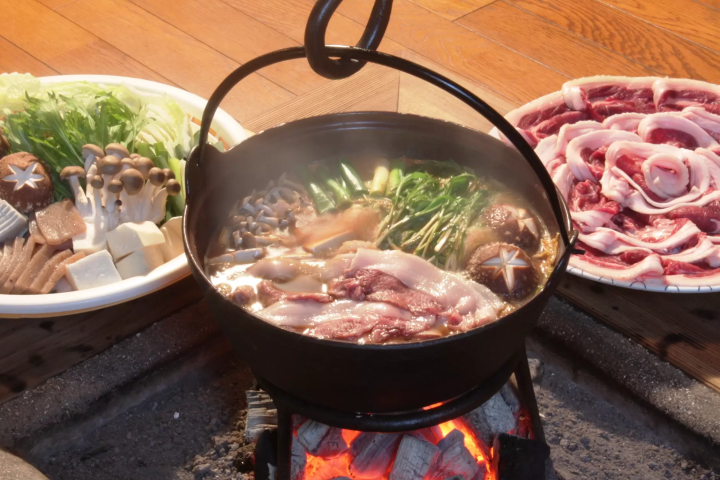
Tambasasayama is famous for its nationally branded Tamba chestnuts, black beans, mountain potatoes, and other local specialties, but it is also famous for Japan's three major boar meat production areas. The local dish that uses that boar meat is called "Botan Nabe." There are various theories about the origin of the name, but it is said to have been named after the boar meat, which is presented in the shape of a peony flower.
The wild boar meat sold at Tambasasayama stores is not farmed, but rather wild boars. They eat nuts such as Tamba chestnuts, Tamba matsutake mushrooms, and grains, and gain just the amount of fat they need to survive the winter, resulting in lean, non-greasy meat.
The wild boar hotpot, made with wild boar meat from Tambasasayama and local seasonal vegetables simmered in miso, is exquisite. The wild boar meat becomes softer the longer it is simmered, and the dish has a light yet rich flavor, and the more you chew it, the more you can enjoy the flavor.
The history of wild boar hotpot
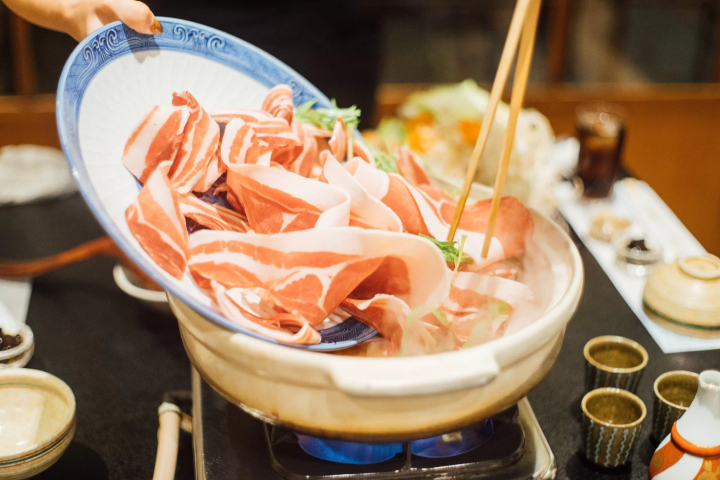
The history of boar stew is long, and it is said to date back to the Meiji period. At the time, the 70th Infantry Regiment of the Japanese Army, stationed in Sasayama (now Tambasasayama City), brought some wild boar meat they had captured to a restaurant, where it was served in a miso-based hot pot, and that's how boar stew got its start. The soldiers were so impressed by the taste that they spread the word about the deliciousness of Tambasasayama wild boar meat in their hometowns.
In 1931, the predecessor of the Sasayama Chamber of Commerce and Industry solicited lyrics for the folk song "Sasayama Kouta," and the word "Botan nabe" appeared for the first time in the fourth stanza. "Ino nabe" used the word "Botan nabe," which has five letters and is difficult to pronounce.
"On a night when snow falls from Mt. Ontake, piling up on the small grass outside the window, I get drunk and lean on it, and a boiling hotpot of botanical oil comes to my mind."
Lyricist Saito Shikyo stated, "The traditional name for the song, 'Ino Nabe,' didn't fit the 7-5 rhythm of the lyrics, so after thinking about a better word, I came up with the idea of 'The Chinese Lion and the Peony,' a famous illustration from the Edo period."
"Karajishi and peony" is a design of a peony arranged on a Karajishi (lion), and is a design that has been used frequently on drawings and pottery since ancient times. By extension, it is used as an example of a good combination of things.
The reason why "Karajishi to peony" became "Botan nabe" is because the "shi" (lion) from "shishi (boar) nabe" (hot boar) and the "shi" from "(Kara)shishi" (lion) are combined to form "shishi to peony."
Around 1945, a local long-established restaurant and inn started serving wild boar meat in a shape resembling a peony flower, taking inspiration from the name "Botan Nabe." Thus, the name "Tambasasayama Botan Nabe" spread throughout the country.
In 2007, it was selected as one of the 100 Best Local Dishes from Rural Areas by the Ministry of Agriculture, Forestry and Fisheries, representing Hyogo Prefecture.
Selected as a 100-Year Food
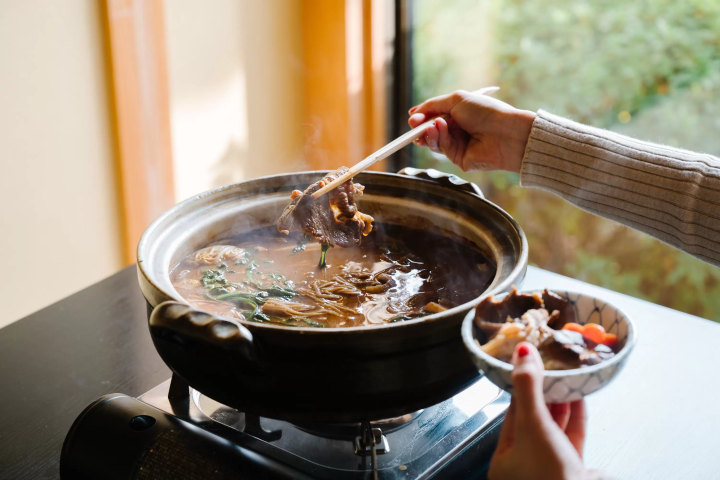
Tambasasayama's "Botan Nabe" has been selected as a "100-Year Food" certified by the Agency for Cultural Affairs in 2022. "100-Year Food" is an initiative that aims to preserve the food culture that has been passed down through generations in the region together with the Agency for Cultural Affairs in order to foster momentum for the inheritance and promotion of diverse food cultures. 250 food cultures have been certified so far, and Tambasasayama's "Botan Nabe" has received the "Expert Special Award," which is given to food cultures that are particularly highly regarded by experts.
Hunting ban lifted
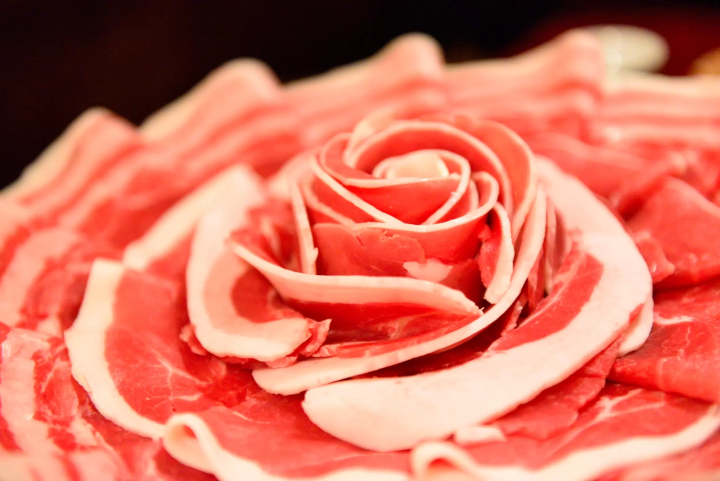
Hunting is allowed in Tambasasayama City on November 15th, and the full-fledged wild boar hotpot season begins. Wild boar hotpot originated in Tambasasayama, and is served at about 40 restaurants in the city.
Unfortunately, due to the influence of the swine fever that began in fiscal year 2021, wild boar meat from Tambasasayama City (Hyogo Prefecture) is not available on the market. However, we hope you will enjoy the differences in the broth, miso, and eating methods of each wild boar hotpot restaurant.
Also available as a gift in return for hometown tax donations to Tambasasayama City
Wild boar and buttonfish hotpot is also available as a return gift for hometown tax donations to Tambasasayama City, Hyogo Prefecture.
Even if you cannot come to Tambasasayama in person, please take this opportunity to make a hometown tax donation and enjoy our products.
The donations we receive will be used for projects related to the promotion of agriculture as a city of agriculture, including the promotion of Tamba Kuro rice production.
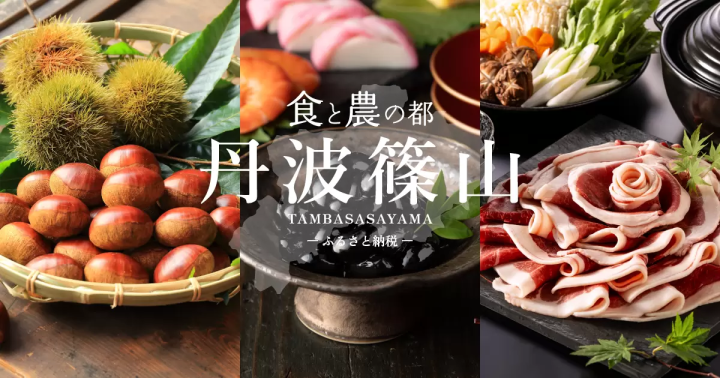
For more information about Tambasasayama City Hometown Tax, click here
https://www.city.tambasasayama.lg.jp/soshikikarasagasu/burandosenryakuka/furusato/5395.html
Tambasasayama is a town full of history and tradition. In the center of Tambasasayama City is the ruins of Sasayama Castle. Today, the magnificent stone walls still remain as they were back then, and the castle townscape extends around them. The townscape and culture of Tambasasayama are strongly influenced by Kyoto, and if you actually walk around the castle town, you are sure to find Kyoto-like townscapes here and there.
The contents on this page may partially contain automatic translation.































![[2026] Top 5 Strawberry Picking Spots in Tokushima, Naruto| Farms and Access Guide for January to May](https://resources.matcha-jp.com/resize/720x2000/2025/03/06-227165.webp)
![[Yamanashi/ Hokuto City] 4 Hot New Spots Opening in 2026](https://resources.matcha-jp.com/resize/720x2000/2025/12/12-252747.webp)


